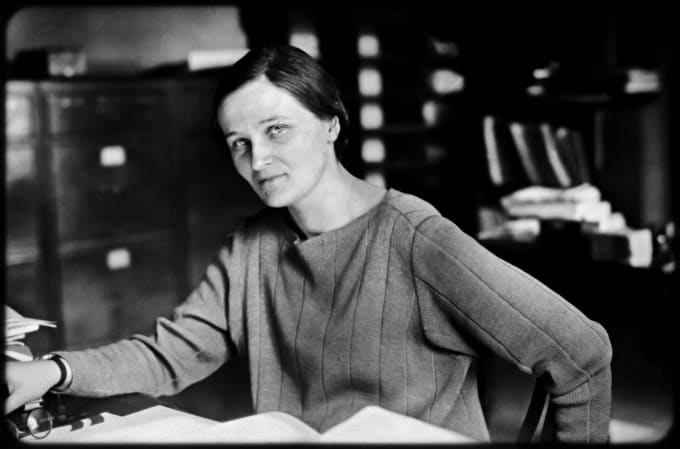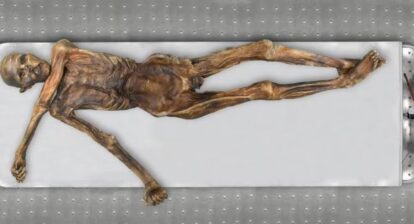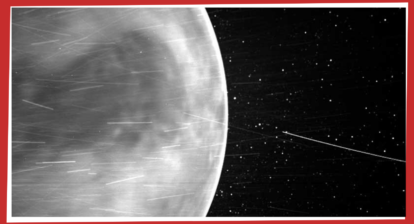That the Sun and other stars are primarily composed of hydrogen and helium is something that anyone with any interest in astronomy knows. It is an established fact. What most people don’t know is who first came up with that hypothesis.
Her name was Cecilia Helena Payne-Gaposchkin, born May 10, 1900 in Britain.
On May 29, 1919, exactly a century ago, Arthur Eddington and Frank Dyson took on the formidable task of organizing an expedition to the west coast of Africa and Brazil to observe and photograph the stars near a solar eclipse as a test of Einstein’s general theory of relativity. On his return, Arthur Eddington gave a lecture on his trip.
Cecilia was reading botany, physics and chemistry at Cambridge and her life changed after she attended this lecture.
She said ‘The result was a complete transformation of my world picture. […] My world had been so shaken that I experienced something very like a nervous breakdown.’
She completed her studies but was not awarded a degree. This was after all the 1900s and Cambridge did not grant degrees to women.
She decided to move to the US after getting a fellowship at the Harvard College Observatory and it was there that she wrote her thesis concluding that helium and particularly hydrogen were vastly more abundant in stars, including the Sun.
Her dissertation was reviewed by astronomer Henry Norris Russell, who stood by the theories of American physicist Henry Rowland, and the current consensus at that time, which stated that the elemental composition of the Sun and the Earth were similar. Russell discouraged her from sticking to her conclusions. As a result, she described her discovery as “spurious”. It wasn’t until a few years later that Otto Struve, another astronomer, derived the same results but by different means. He described her work as “the most brilliant PhD thesis ever written in astronomy”. When he published his findings in 1929, he did acknowledge her discovery but as is the case with many women at that time, he is often credited for the conclusions she reached.
Cecilia continued to work at Harvard, studying high luminosity and variable stars with here data being used to determine stellar evolution. She also wrote several books but when she began her career, women were barred from being professors at Harvard, so she had to work at low paid research jobs.
She was finally given the title of Astronomer due to the efforts of the Director of the Harvard College Observatory Harlow Shapely, who had been the reason for her fellowship and had encouraged her to write her thesis. She became a full professor in 1956 and was the first woman to head a department at Harvard when she became the Chair of the Department of Astronomy. She died on December 7, 1979.
Cecilia Payne Gaposchkin was a fantastic woman, who literally discovered what the universe is made of but her contributions are rarely acknowledged.
More Fantastic Women: Ada Lovelace, Mary Anning, Caroline Herschel and NASA’s Computers.
The selected Optin Cat form doesn't exist.







